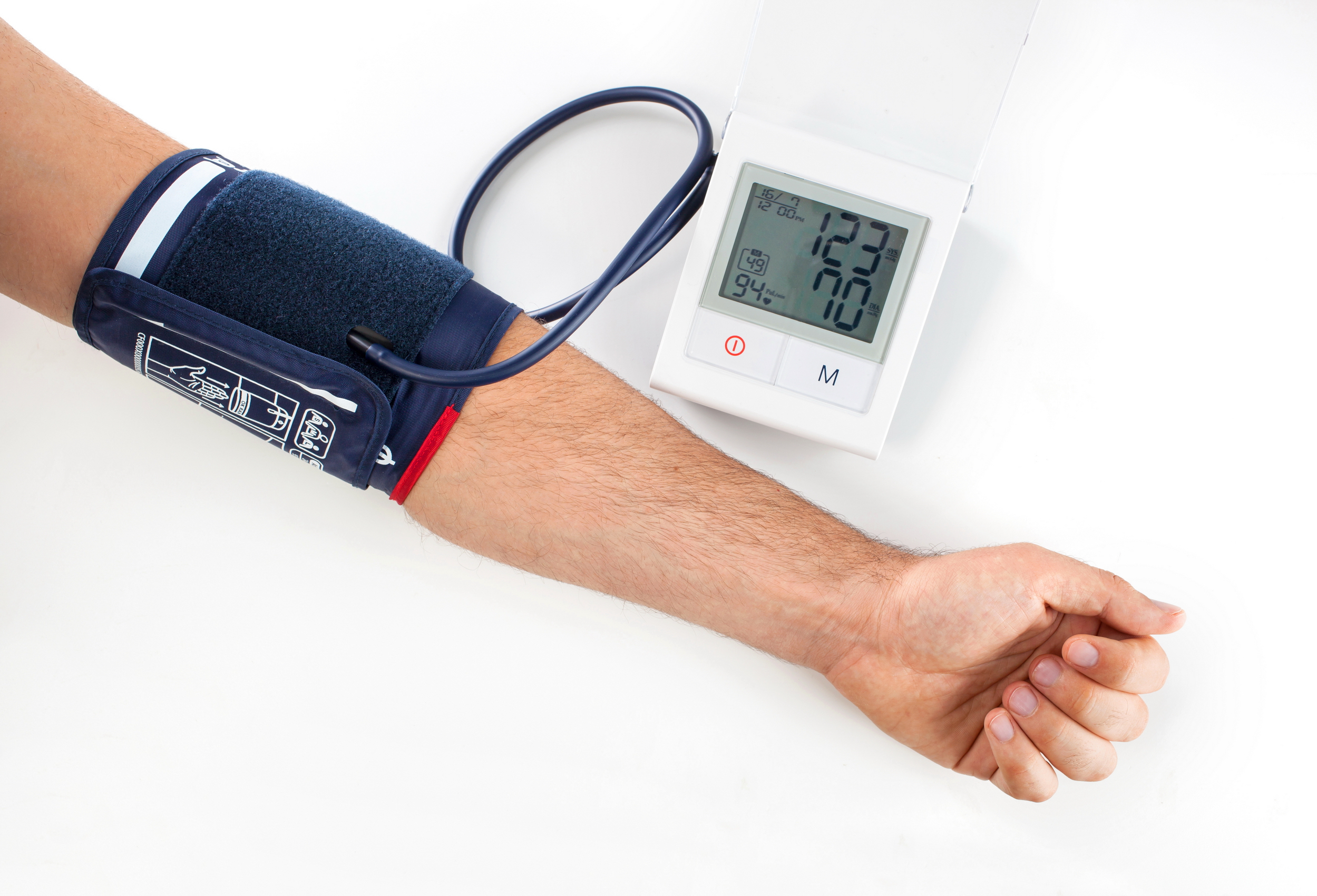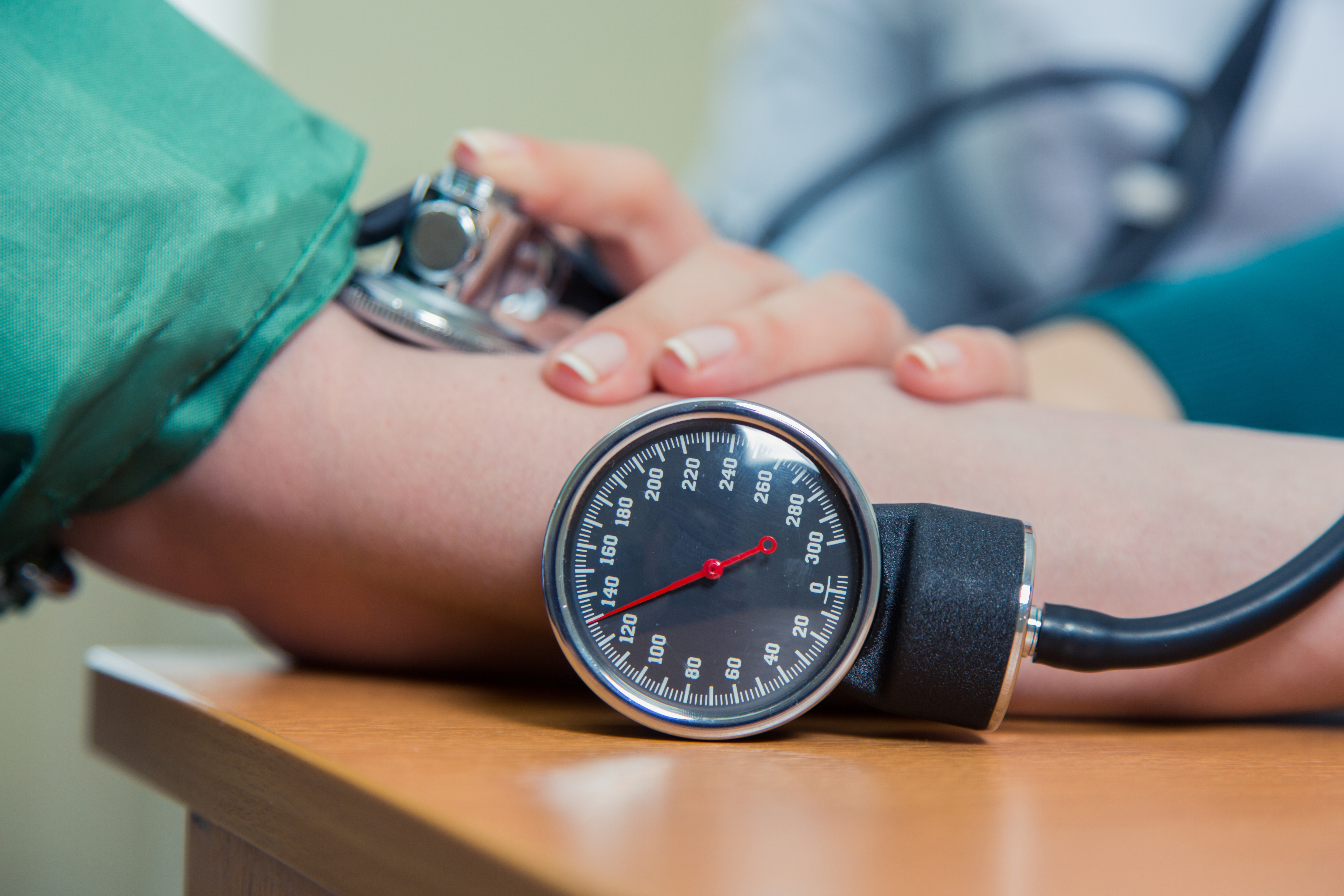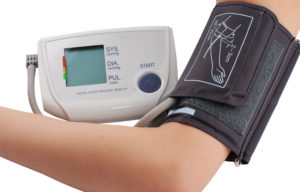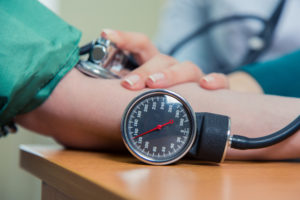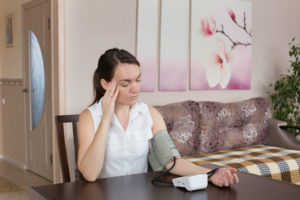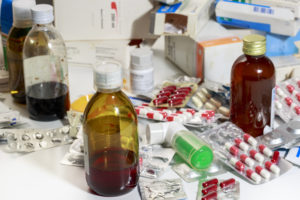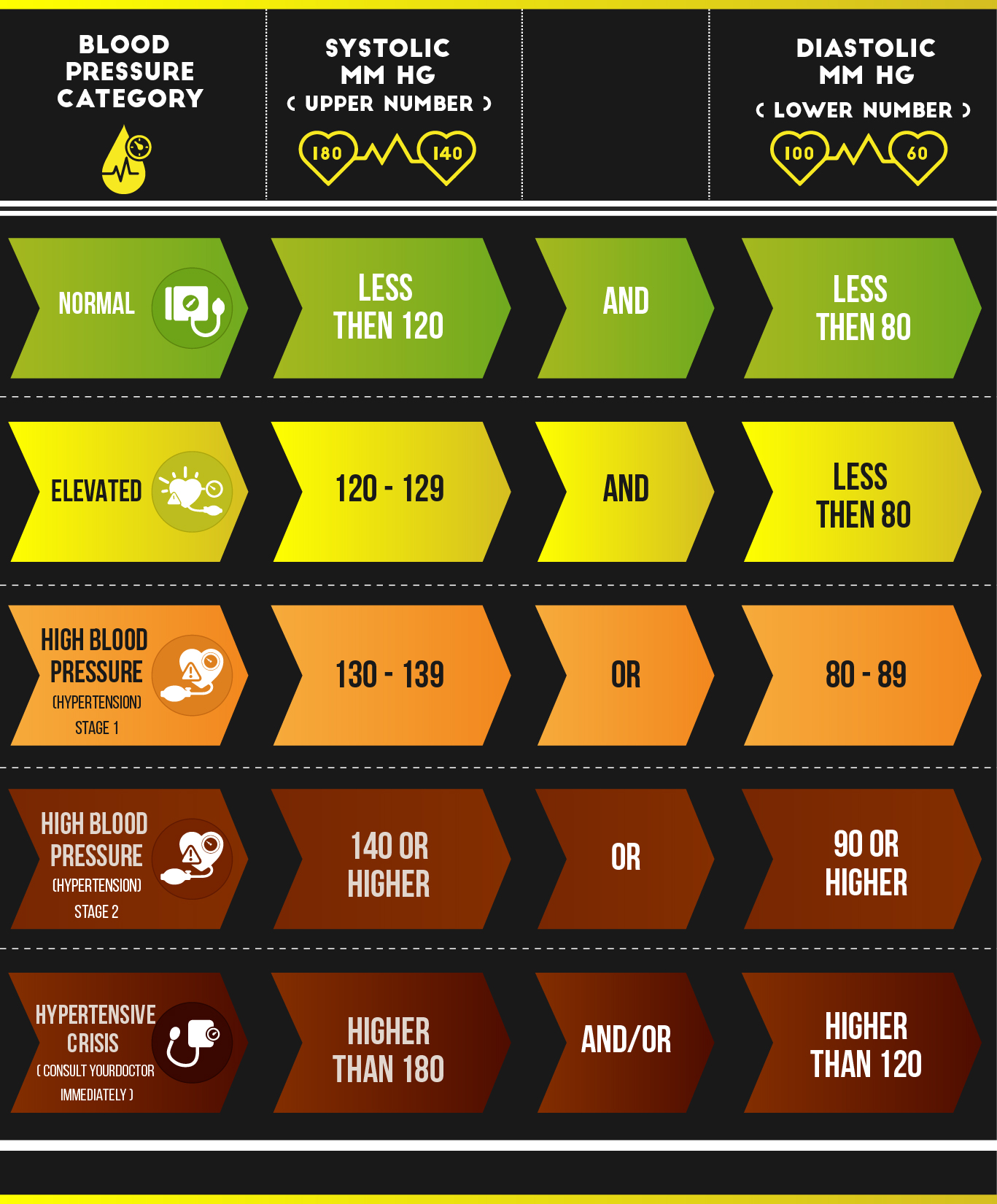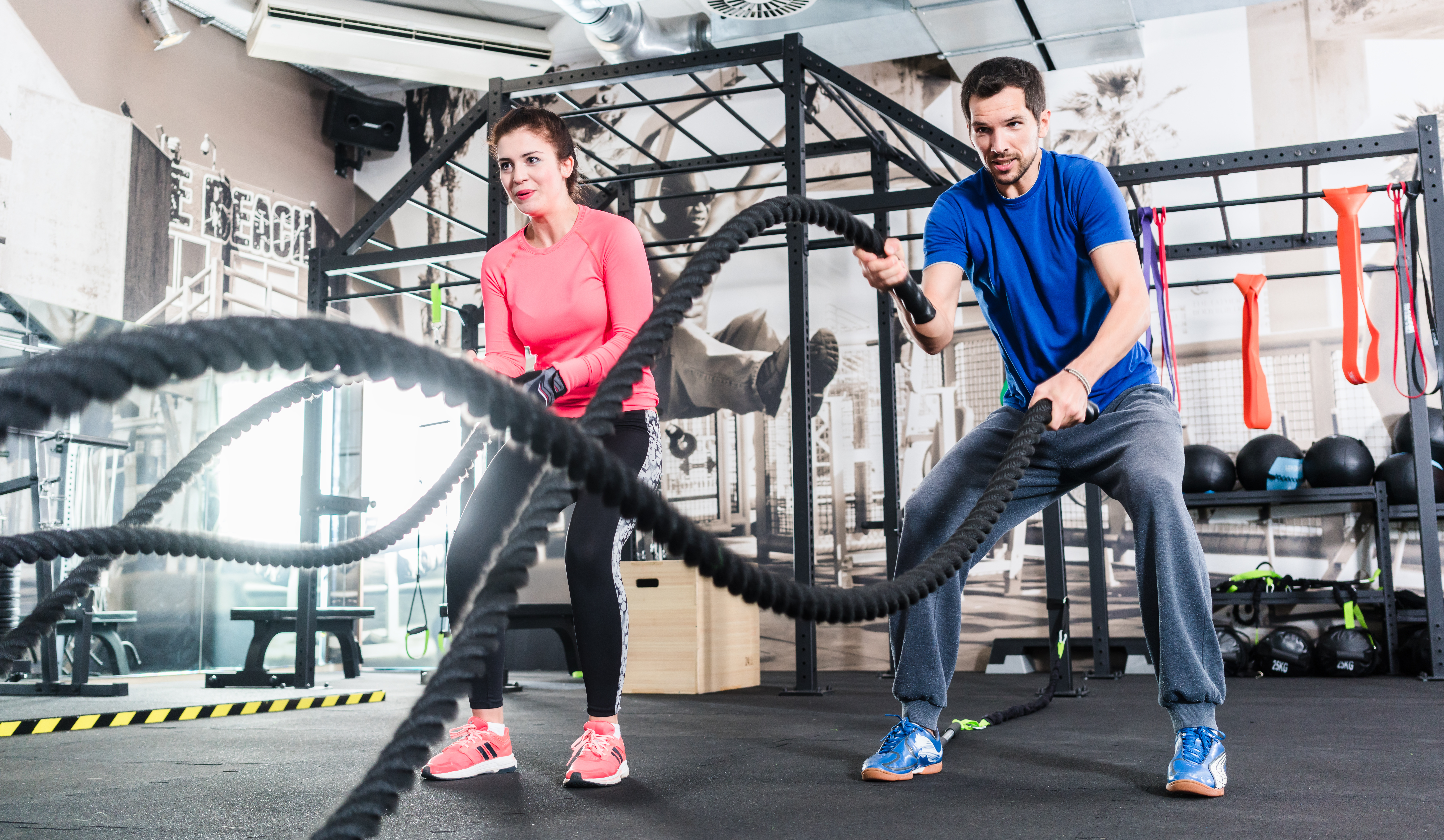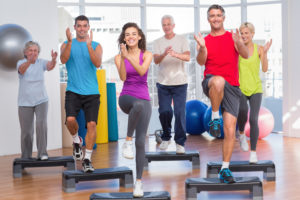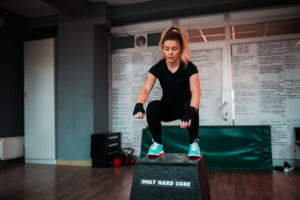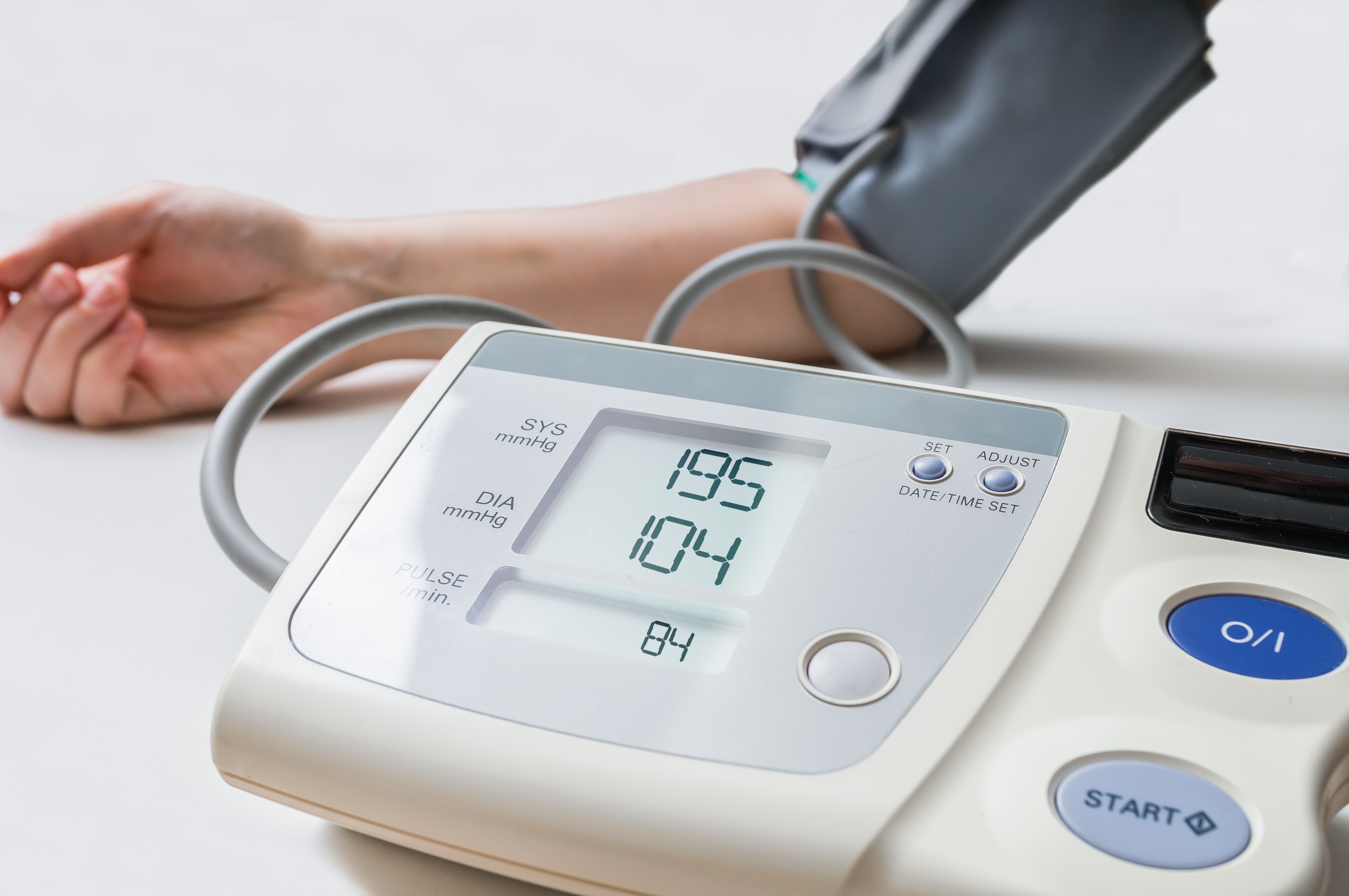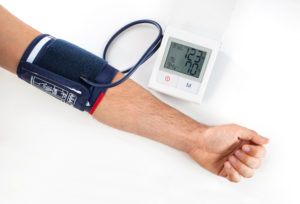
Should You trust Your Automated Blood Pressure Monitor?
Several studies have shown that automatic blood pressure monitors can yield inaccurate results in and out of the hospital setting. Blood pressure management, whether low, normal or high or is determined by measurements obtained using automated devices, therefore it’s critical that the devices are functioning as expected.
However, just as the reading is reliable as the equipment, the same can be said for the operator of the device. If there is uncertainty of that measurement is wrong then both the equipment and operator should be validated.
A study published in the Journal of Clinical and Diagnostic Research in 2016 showed that automated blood pressure could give very inaccurate readings even though they are easier to use than manual blood pressure. Similarly, an article published in Harvard Health interviewed several doctors who spoke to the inconsistencies of automated blood pressure monitors.
In the Journal of Family Practice (2000), Durme concluded that automated blood pressure equipment results in pharmacies were not accurate. This was more evident in patients that had really small arms or really large arms. When compared to manual pressure, the machines were wrong.
As more and more people are being diagnosed with high blood pressure, there has been a need for public health education regarding how to take your blood pressure the correct way. Because of this, there are numerous studies and articles pointing to the dangers of inaccurate blood pressure readings that might be attributed to the monitors. However, blaming the inaccuracies only on the monitor can be a missed opportunity for public education on how to take blood pressure correctly and the possible causes of wrong reading that can be corrected once identified.
Sphygmomanometers
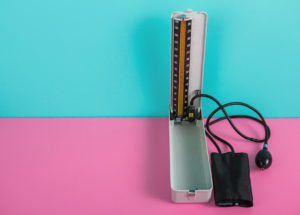
A sphygmomanometer is a medical device used to measure blood pressure.
Manual blood measurement using an aneroid sphygmomanometer and stethoscope is the gold standard in healthcare for checking blood pressure. However, they are not ideal for home usage. Besides, unless you are a contortionist, it is extremely challenging to take your own blood using the manual method.
On the other hand, an automated blood pressure machine displays your blood pressure reading digitally with the touch of a button. They are very easy to use. But just like any other equipment they can malfunction and are only reliable if they are calibrated and instructions are followed per manufactures recommendation.
It is important to remember if you are using an automated blood pressure monitor, that you purchase one that is validated by a company that checks it for safety and accuracy before being placed on the market for use in and out of the hospital setting. Association for the Advancement of Medical Instruments (AAMI), British Hypertension Society (BHS), and the European Society of Hypertension (ESH) all have safety protocol for medical equipment. Look for monitors approved by these companies.
There might be a possibility that you might be the reason for the inaccurate measurement. Therefore before giving up on your automated blood pressure machine review the correct way to take your blood pressure at home. In the meantime here are some immediate actions you can try first.
Possible Causes for Inaccurate Blood Pressure Reading
![]()
Can You Feel Irregular Heartbeat In My Arm
If you have an irregular heart rhythm such as Atrial Fibrillation (A-Fib), then you might have inaccurate blood pressure reading. Since the cuff need to pick up blood flow, this can be very difficult to pinpoint with an irregular heart rhythm. Your doctor will be able to guide you on how to take your blood pressure with an automated machine. The manual approach is ideal for patients with Afib.
If the Cuff Doesn’t Fit
If the automatic or digital blood pressure monitor that you are using has the wrong cuff size,, then the reading is likely to be wrong too. This is because it may be too loose or too tight and would not be able to get an accurate reading from the deep-seated blood vessels in the arm. Too tight blood pressure gives you a higher reading. Too loose blood pressure cuff gives you a lower reading. Make sure you measure your arm and check the manufacturer recommendation for cuff size.
Stay Still and Don’t Move
It’s important to relax before and during your blood pressure measurement. No texting, talking laughing, crying or watching TV. Nothing that causes stress, even if it is good stress. It only takes a minute to check it. If you move it takes longer . Have you ever had the cuff squeeze tighter and tighter because you moved? This is because when you move it is difficult for the bladder in the cuff to detect the blood flow in your brachial artery. Therefore it squeezes even tighter and the reading will most likely be high. I have seen this happen too many times and it can be painful. So don’t move because it will only keep on squeezing.
Incorrect Arm Position
Arm position can interfere with blood pressure reading. Arm position above your heart can cause your blood pressure to be lower than normal. Arm positioned below your heart can cause your blood pressure to be higher than normal. Therefore make sure you arm with the cuff is at the level of your heart. If the cuff is not positioned correctly above the bend of the arm right above the brachial artery, then the results are likely to be erroneous. It is essential to practice with a medical professional to get the positioning right.
Broken Equipment
One obvious and overlooked reason why an automated blood pressure machine might be giving a wrong reading is that it was not calibrated or its broken. A machine that comes from a reputable company will have instructions on when and how to calibrate it. Follow the same safety protocols they use in clinical settings to ensure they have equipment that are working correctly. After all the equipment is part of a myriad of tools they use to help diagnose a patient.
If you ever have the opportunity to check out the equipment at the doctor’s office, you should look for a sticker with a date that indicates when it was the last checked. Hospitals have their equipment checked at least two times a year . Any equipment that shows any possible sign of being broken is take out of service immediately. You should do the same with your equipment.
The equipment at the pharmacy should also have a sticker with the date it was last checked. If you cannot locate one then ask the pharmacist. If there is no record of calibration then do not use it.
If hospitals rely on automated blood pressure measurement, then you can too. Consult with your physician regarding any abnormal reading. Stop using the equipment and check with the manufacturer if you suspect it not working.
